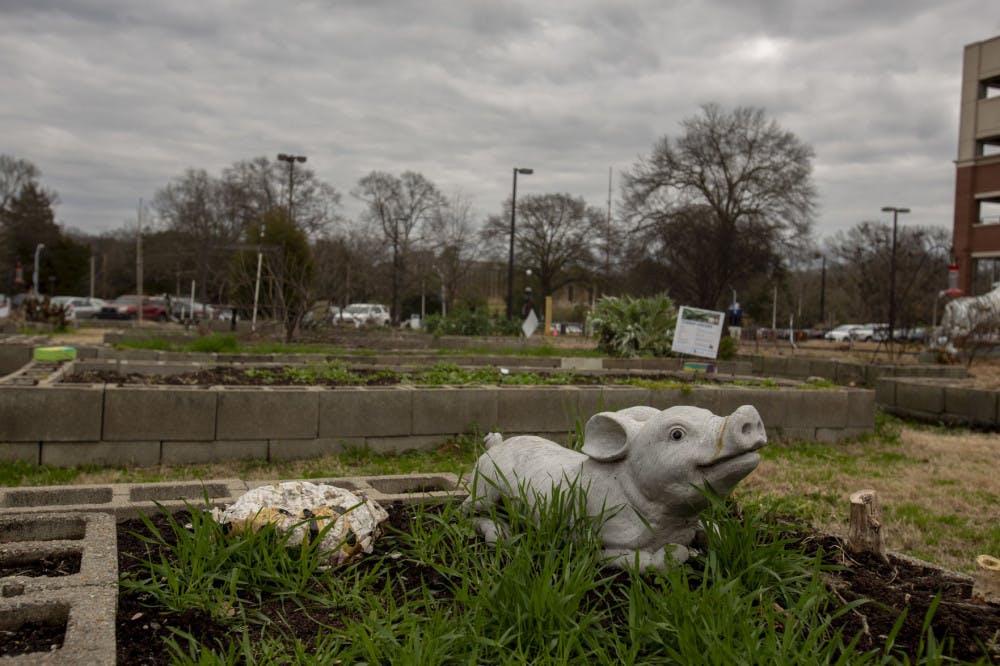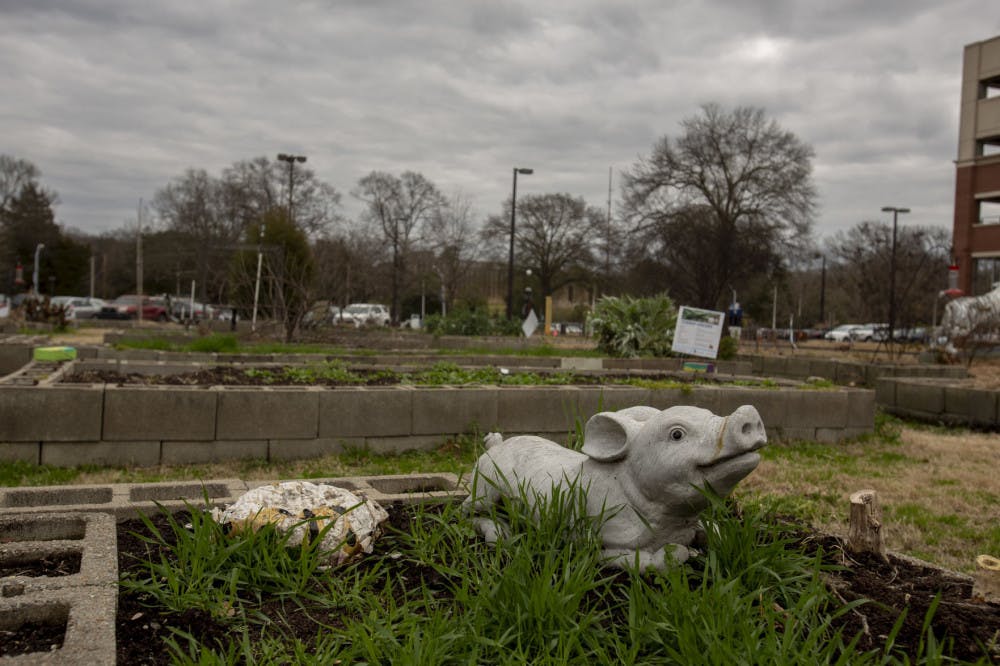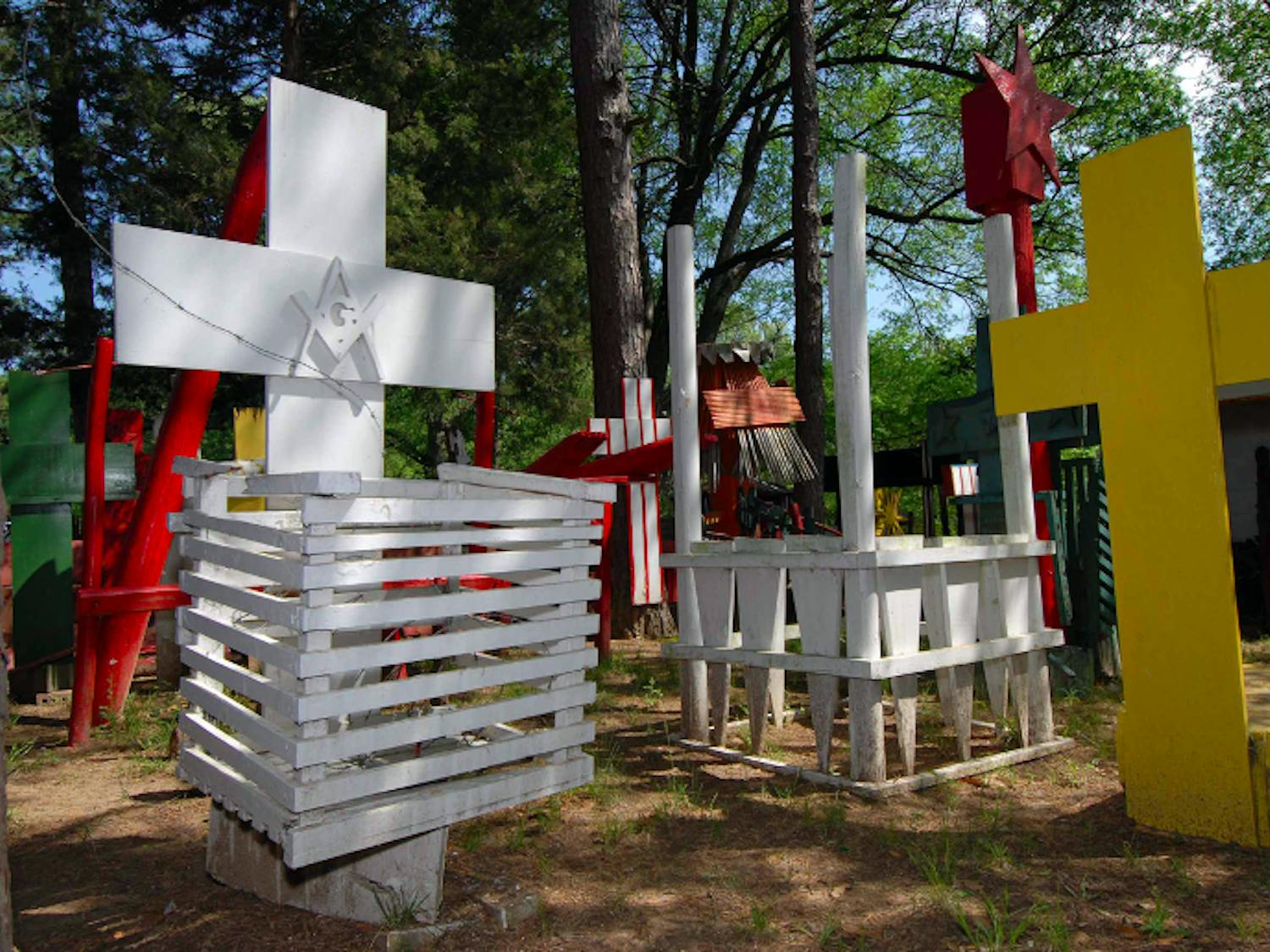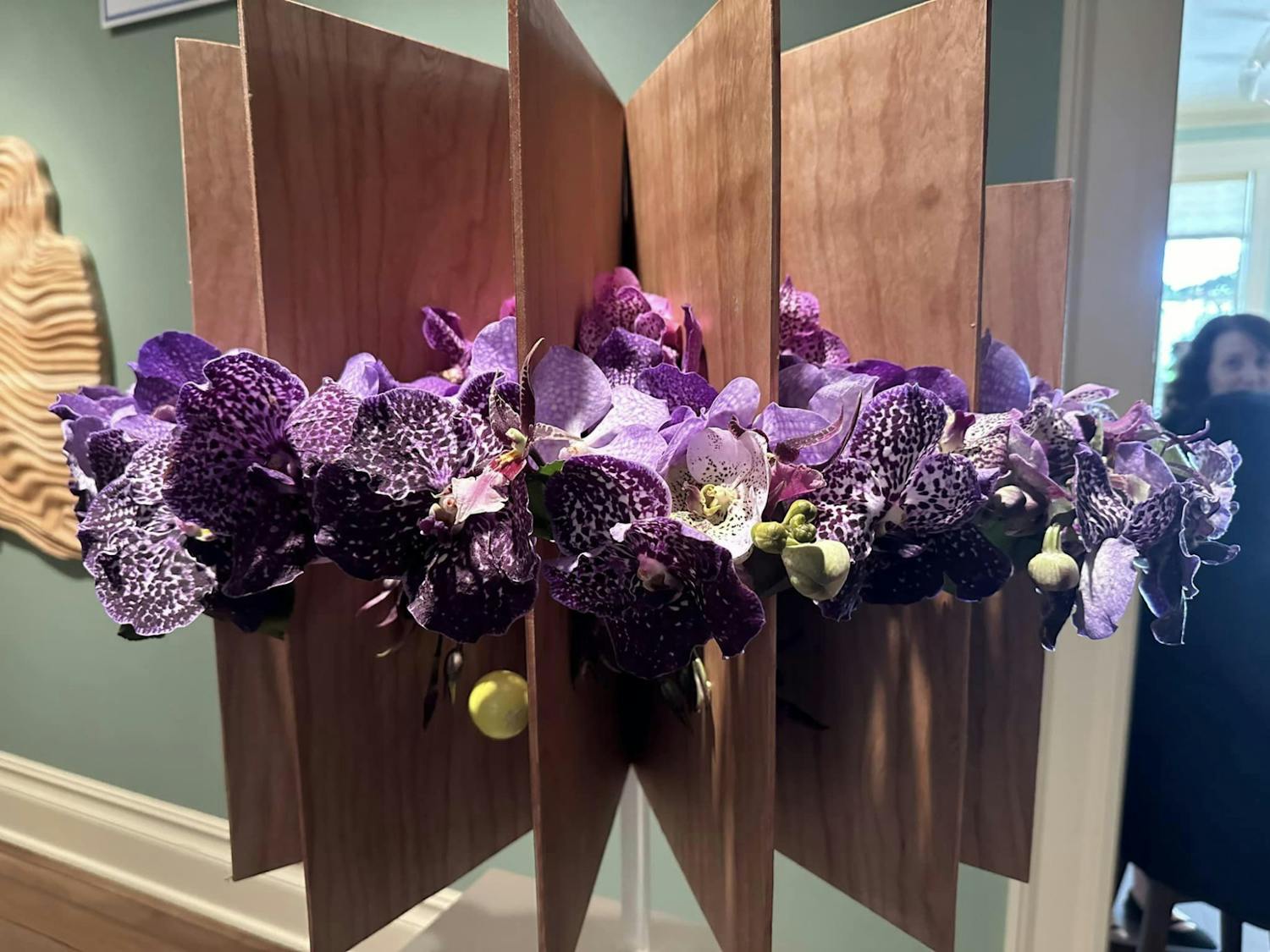Despite being placed in the middle of Memphis, the University of Memphis managed to stay connected to nature by becoming a natural arboretum for trees.Â
Arthur Johnson, the coordinator of the TIGUrS garden, said it is a gift to the students, faculty and community, from the UofM.Â
“The TIGUrS Garden is mostly about sharing a wonderful greenspace here on campus with students, as well as showing them techniques about sustainability and growing their own food,†Johnson said.
The TIGUrS Urban Garden, formed in 2009, provides students and faculty at the UofM with another way to stay connected to nature and the opportunity to grow and harvest their own food, as well as providing the same service to the community of Memphis.Â
The garden is not funded directly by the U of M, but instead by student green fees, a fee paid with tuition that is allocated by the Green Fee Committee.
“We are fortunate enough to be funded by the student green fees.†Johnson said. “The Student Government Association (SGA) passed a bill where if the project has been funded by Green Fees successfully, then it is time for the University to pick up the slack.†Bills passed by SGA are not binding for the University.
Johnson said students and faculty at the U of M are able to take advantage of what the garden has to offer them while it also benefits the campus community as a whole.
“It serves the students, faculty and staff by giving them the opportunity to grow their own food, to understand the value of sustainability, and to gain appreciation for growing a lot of food in a very small space.†Johnson said. “It serves the community by being a place where they can come and learn these processes as well as organically grow their own food.â€Â
Members of the TIGUrS Garden also pride themselves in growing organic fruits and vegetables.Â
“We use organic processes used for growing food, so none of our food has any foreign or synthetic chemicals,†Johnson said. “No pesticides or herbicides.â€Â
The TIGUrS garden also provides a space for students to relieve stress from the semester in a safe atmosphere. Students can host events in the garden as well.Â
“The atmosphere is one of curiosity and relaxation, because it is a quiet meditative green space here on campus that has actual sunlight,†Johnson said. “The atmosphere is also a lot of fun; we have a volleyball court, furniture and two grills next to a koi pond where students can relax.â€Â
Johnson said he wants the garden to work better by increasing the amount of hours volunteers can work in the garden in addition to increasing the number of volunteers.Â
“We are going to spend this year networking with other departments and organizations to increase our volunteer base†Johnson said. “That is because we only have a half day in the garden, if we had more time and flexibility then we would be able to build a larger group of volunteers.â€Â
Megan Farrell, who is responsible for maintaining the appearance of the garden, said she likes working in the TIGUrS garden.Â
“I find the work relaxing and not stressful at all,†Farrell said. “I enjoy doing it and I feel like I have a green thumb.â€Â
Farrell said she wants the TIGUrS garden to be more known around campus and the community.Â
“I think it is important to the people that are aware,†Farrell said. “I try to spread the word as much as I can.â€Â
Students can get involved with the TIGUrS Urban Garden via the U of M website.





